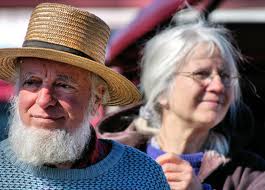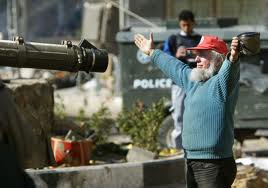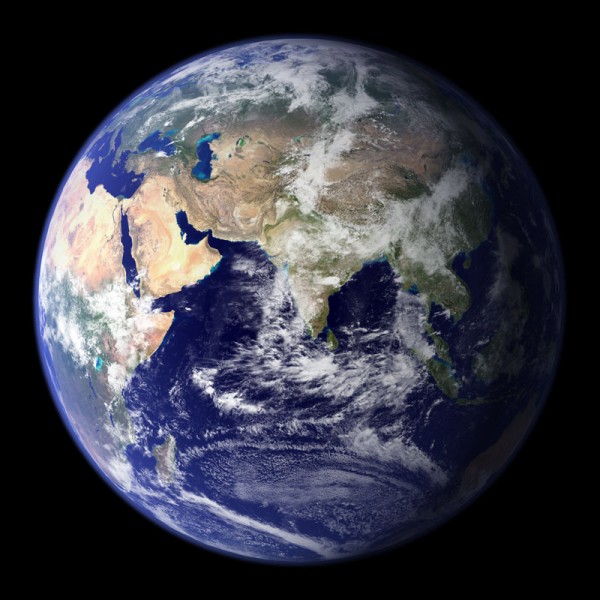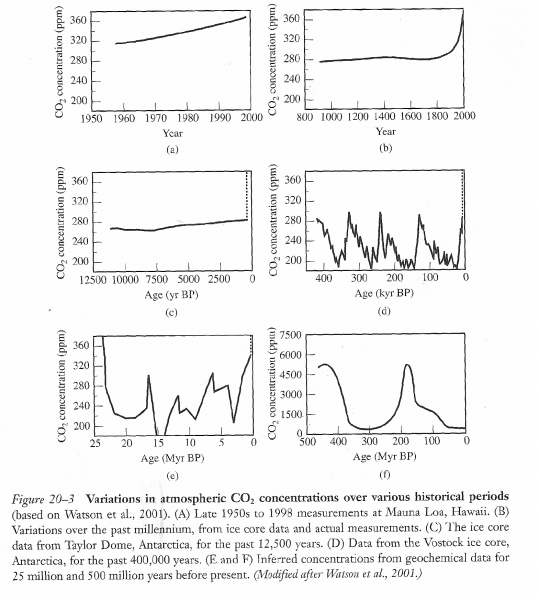Muslim, Christian, Jew: The Oneness of God and the Unity of Our Faith … A Personal Journey in the Three Abrahamic Religions is a book with a really long title!
It’s the late Art Gish’s deep and moving work about interfaith dialog and peacemaking in Israel/Palestine and back at home in Athens, Ohio.
From 1995 until his death in a farming accident in 2010, Art and his wife Peggy spent 2 to 3 months each year in Hebron, West Bank with Christian Peacemaker Teams (CPT), a group devoted to reconciliation and nonviolent peacemaking that has also inspired a Muslim Peacemaker Teams.
In all these years, Art gained a deep knowledge and experience of the three religions (as well as secular traditions), working closely with Muslims, Jews, and Christians making peace. Back at home in Ohio, he attended mosques and synagogues, continuing to build relationships and trust.
This book is a unique blend of historical and theological analysis, reflection on how to engage in interfaith dialog, and personal stories that will inform, inspire, move, and entertain. Much of the interfaith movement shies away from religious differences and the topic of religious violence, but Art tactfully and sensitively engages them, pointing to a depth that can overcome differences.
I am deeply troubled by the great divide, the fear, the hostility, and the bigotry in all three religions toward the other two. … [But] maybe the contradictions are not as deep as most of us think they are. Maybe we need to look deeper. All three traditions call me to love God with my whole being, to submit my life to God, and to follow the path God has created for us. (Gish 10).
His passion for reconciliation extended to the Israeli settlers and soldiers who had “cursed, spit upon, stoned, kicked, and beaten” him. He and his teammates saw their enemies as human beings with the capacity to love, continually trying to connect with them through conscience, religion, and culture.
Through his experiences, relationships, and deepening knowledge of the three religions, Gish knew the truth that “all good things come from God”:
“All truth comes from the same source. Since there is one God, it’s not surprising that there’s a consistency in the expressions of God’s Spirit wherever people around the world respond to that Spirit. Christians must be open to what God’s Spirit may teach us through other religions. No religion contains all Truth. Reality is too great to be comprehended in only one way. I still have much to learn, [and] true spirituality involves humility. God is so much bigger than my small concept of God” (Gish, 28-9).
Gish’s book and the spirit it represents are major keys to the future of religion, interfaith relations, and interspirituality. His work represents a beautiful marriage of courage, love, and intellect working together to bring about the transformation of people and their religions – something the world badly needs.
I wrote a slightly less goofy version of this book review for The Interfaith Observer. The editor liked it and can hopefully squeeze it into their December edition!
Elisabeth and I were blessed to host Peggy at our house on Oct 16-19. We helped arrange a couple of speaking events for her new book on her work in Iraq. “Blessed” is one of those funny religious words that I don’t usually like to use, but it’s truly the best word to describe our experience of her visit!!






